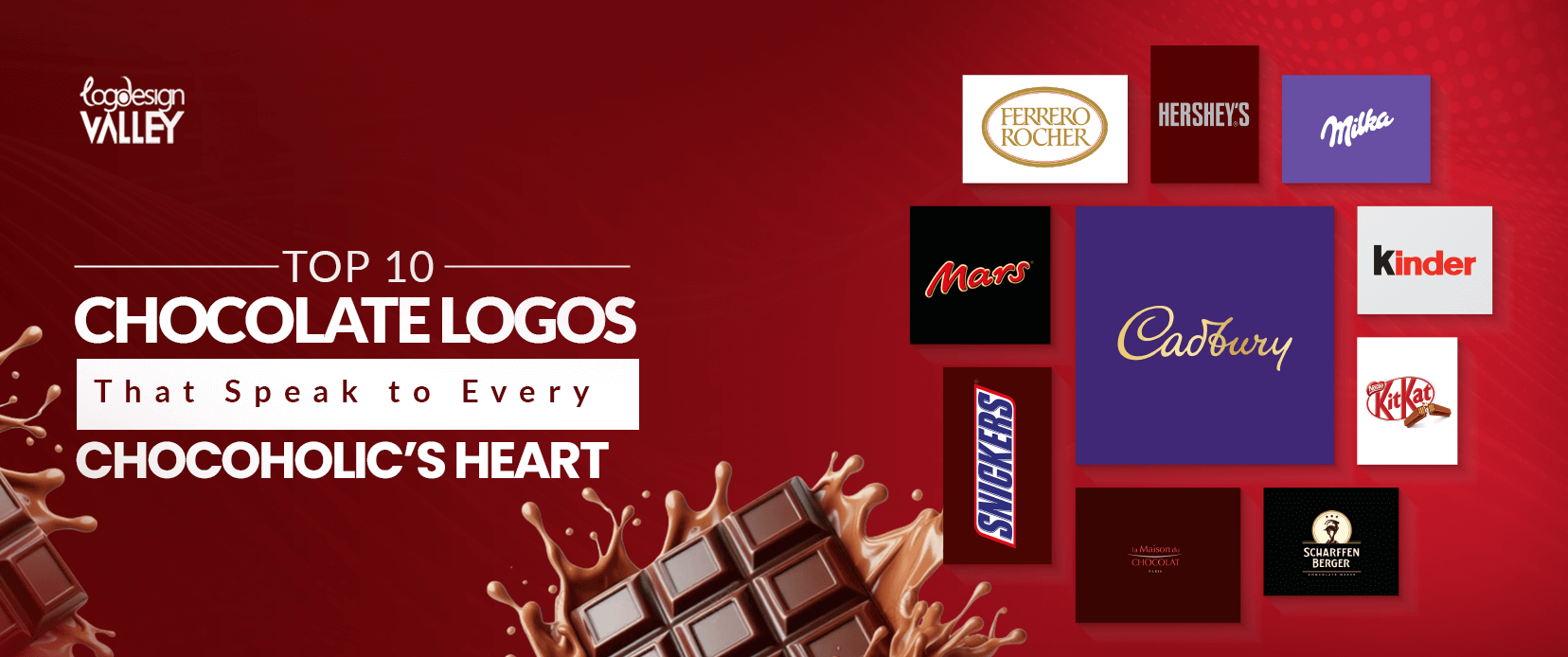The PUMA logo has undergone several changes throughout its history. The original logo, created in 1948, featured a simple, stylized illustration of a puma jumping through a circle. This logo was used for several decades before being replaced in the 1990s with a more modern, abstract version of the Puma. This logo featured a stylized puma head, curved tail, and simplified lines. In 2000, the logo was updated again, this time featuring a more realistic illustration of a puma, with a more detailed and lifelike rendering of the animal. In the most recent update in 2018, the logo became a simple black silhouette of a puma.
The branding of PUMA focuses on promoting a sporty and active lifestyle, with a particular emphasis on football and running. The company’s products are designed to be stylish, functional, and high-performance and are marketed to both professional athletes and everyday consumers. In addition to its core athletic wear and footwear products, PUMA also produces a wide range of accessories, including bags, hats, and sunglasses.
PUMA Brand History
Puma is a German multinational company that designs and manufactures athletic and casual footwear, apparel and accessories. The company was founded in 1948 by Rudolf Dassler, the brother of Adidas founder Adi Dassler. Puma began as a small shoe factory in Herzogenaurach, Germany, and quickly gained recognition for its innovative designs and high-quality products.
1950-1960
In the 1950s and 1960s, Puma established itself as a significant player in the sports footwear market, sponsoring many high-profile athletes and teams. The company’s products became popular with footballers, sprinters, and other athletes, and the brand’s reputation for quality and performance began to grow.
1970-1980
In the 1970s and 1980s, Puma expanded into new markets, including the United States and Japan. The company also began diversifying its product line, introducing new categories such as athletic apparel and accessories. During this time, Puma continued to sponsor major sports events and teams, solidifying its reputation as a leading brand in the sports industry.
1990-2000
In the 1990s and 2000s, Puma faced increased competition from other sportswear companies but continued to innovate and evolve its products and marketing strategies. Puma is a global brand in over 120 countries, known for its sporty and stylish designs, high-performance products, and strong brand identity.
Puma logo branding (rebranding)
The Puma logo has undergone several rebranding efforts over the years. One of the most significant rebranding efforts occurred in 2000 when Puma introduced a more realistic and detailed illustration of a puma in its logo. This logo featured a more lifelike and accurate animal representation with a more complex and expressive face. This rebranding was intended to reflect Puma’s focus on performance, style, and innovation.
In 2018, Puma again rebranded its logo, simplifying it to a black silhouette of a puma. This rebranding was intended to create a more modern and versatile logo that could be easily recognizable and legible across a wide range of products and platforms. The company also introduced a new slogan, “Forever Faster,” to reflect its commitment to helping athletes and consumers become faster, stronger, and more confident.
These rebranding efforts aimed to modernize the logo and align it with Puma’s brand positioning as a sportswear brand that focuses on performance and innovation. The rebranding also aimed to make the logo more versatile and adaptable to different mediums and create a strong visual identity that consumers could recognize and remember.
Puma Logo Color Palette
The Puma logo color palette typically features black and white, with the occasional use of other colors such as red, green, and blue. The logo is often presented in black on a white background, creating high contrast and a bold, striking visual effect. This color palette is consistent with Puma’s brand identity as a sportswear company and creates a clean, modern, and sleek look.
The black color used in the logo represents sophistication, elegance, and power, while the white color symbolizes purity, innocence, and perfection. The use of other colors, such as red, green, and blue, are used to add vibrancy, energy, and personality to the logo. These colors are often used in Puma’s marketing campaigns and product lines.
In recent years, Puma has also started experimenting with different logo color variations. Such as using different shades of gray and silver to create different effects and suit different design contexts. The company also uses different color variations for other lines and collections. Such as using a yellow and black color palette for its motorsport line and a blue and white color palette for its golf collection.
Conclusion
Puma is a global sportswear brand with a rich history of design and innovation. The company’s logo has undergone several rebranding efforts over the years. The current logo is a black silhouette of a simple and versatile puma, creating a modern and sleek look. The Puma logo color palette typically features black and white, with occasional use of other colors, such as red, green, and blue. That adds vibrancy and energy to the logo. Puma’s tagline, “Forever Faster,” represents the company’s brand positioning as a sportswear company constantly pushing the boundaries of performance and innovation. It is meant to inspire and motivate consumers to strive for greatness and be their best version. If you have any idea to make a logo, you can partner with a logo design agency to get an amazing logo.





